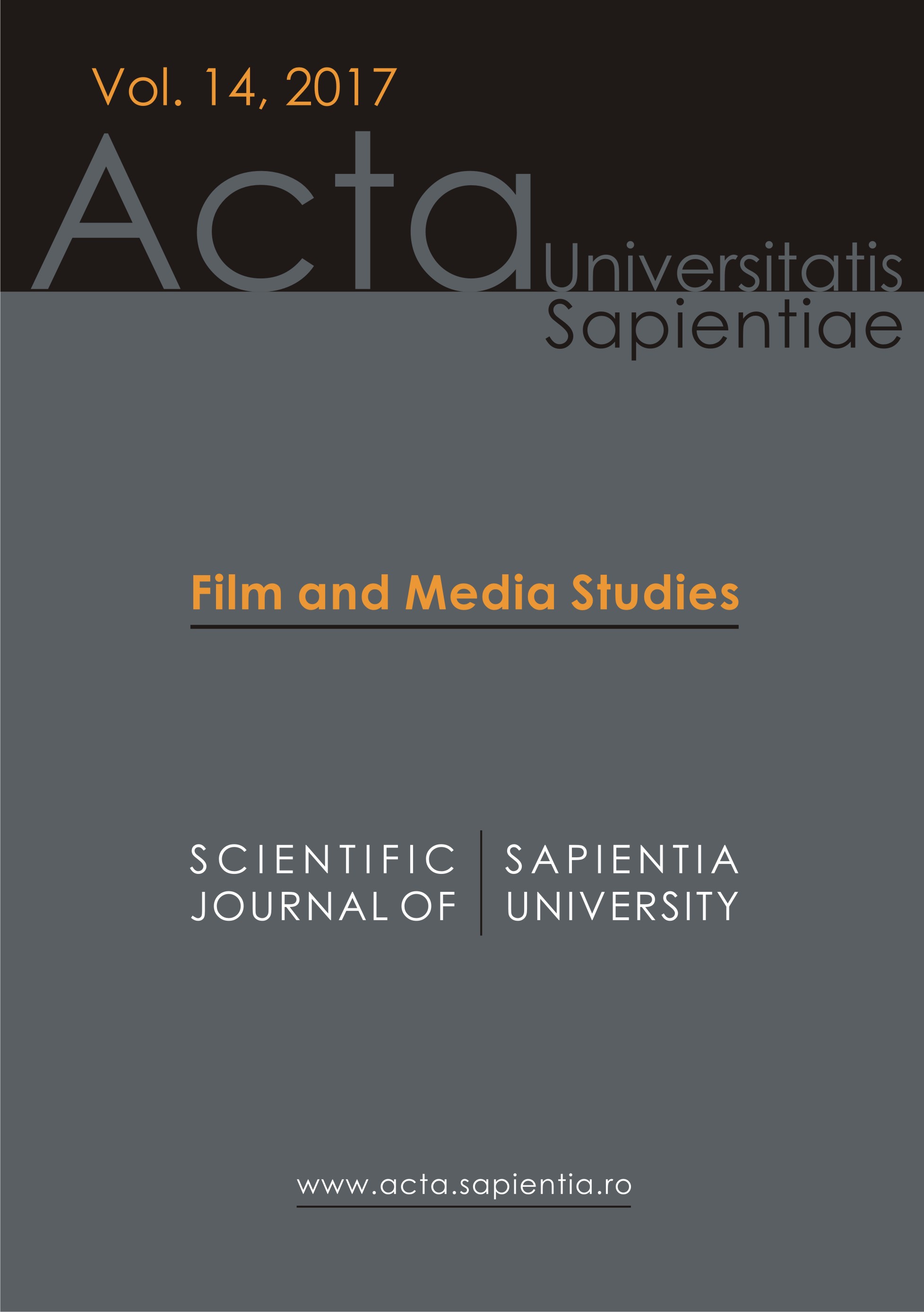The Great War, Cinema Propaganda: The Emancipation of Film Language
The Great War, Cinema Propaganda: The Emancipation of Film Language
Author(s): Christina StojanovaSubject(s): Fine Arts / Performing Arts, Film / Cinema / Cinematography
Published by: Scientia Kiadó
Keywords: cinema; technology; war; propaganda; film language
Summary/Abstract: The relation between war and cinema, propaganda and cinema is a most intriguing area, located at the intersection of media studies, history and film aesthetics. A truly tragic moment in human history, the First World War was also the first to be fought before film cameras. And while in the field, airborne reconnaissance became cinematic (Virilio), domestic propaganda occupied the screen of the newly emergent national cinemas, only to see its lucid message challenged and even subverted by the fast-evolving language of cinema. Part one of this paper looks at three non-fiction films, released in 1916: Battle of Somme, With Our Heroes at the Somme (Bei unseren Helden an der Somme) and Battle of Somme (La Bataille de la Somme), as paradigmatic propaganda takes on the eponymous historical battle from British, German and French point of view. Part two analyses two war-time Hollywood melodramas, David Wark Griffith’s Hearts of the World (1918) and Allen Holubar’s The Heart of Humanity (1919), and explains the longevity of the former with the powerful “text effect” of the authentic wartime footage included. Thus, while these WWI propaganda works do validate Virilio’s ideas of the integral connections between technology, war and cinema, and between cinema and propaganda, they also herald the emancipation of post-WWI film language.
Journal: Acta Universitatis Sapientiae, Film and Media Studies
- Issue Year: 2017
- Issue No: 14
- Page Range: 131-156
- Page Count: 26
- Language: English

